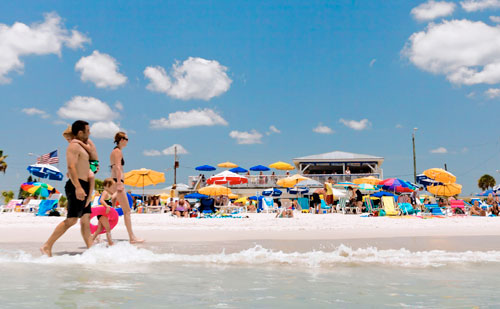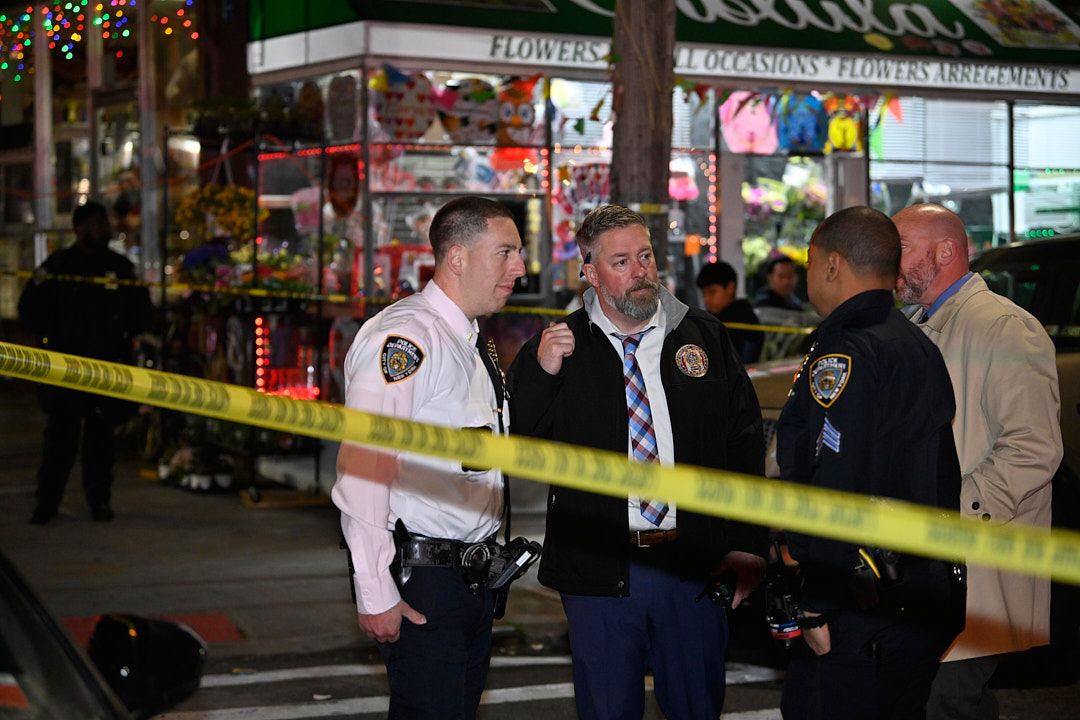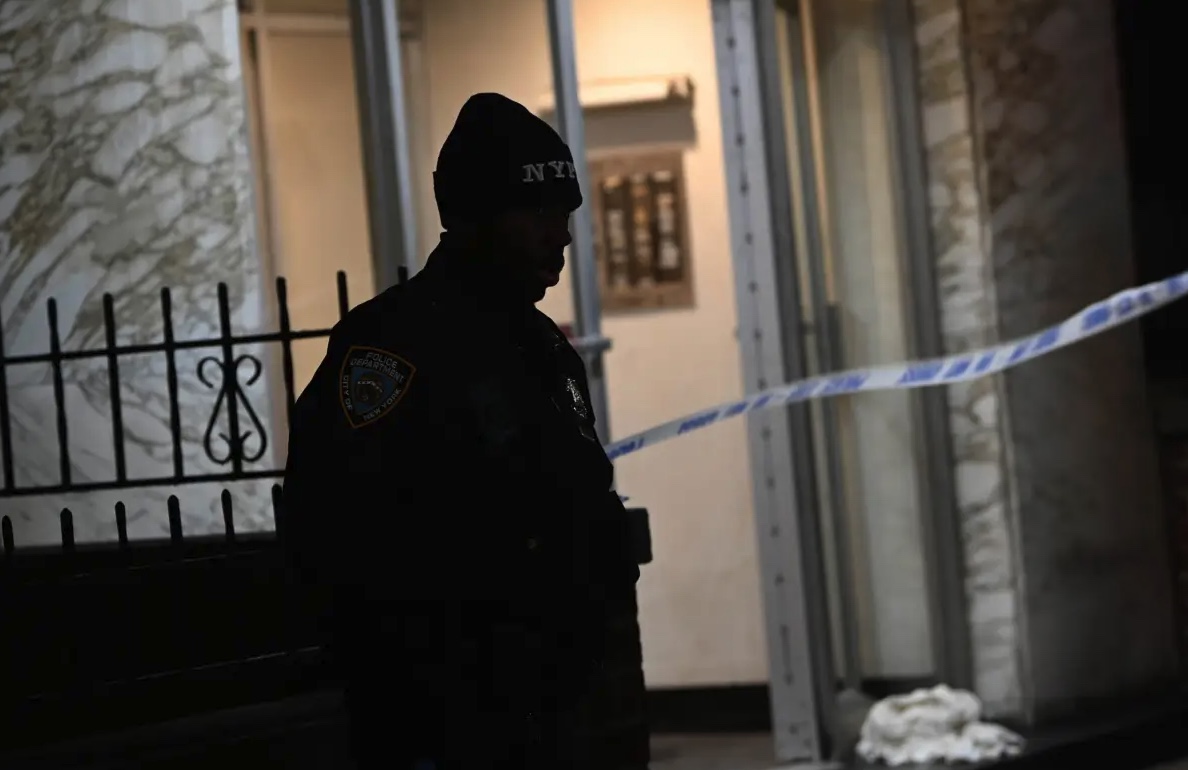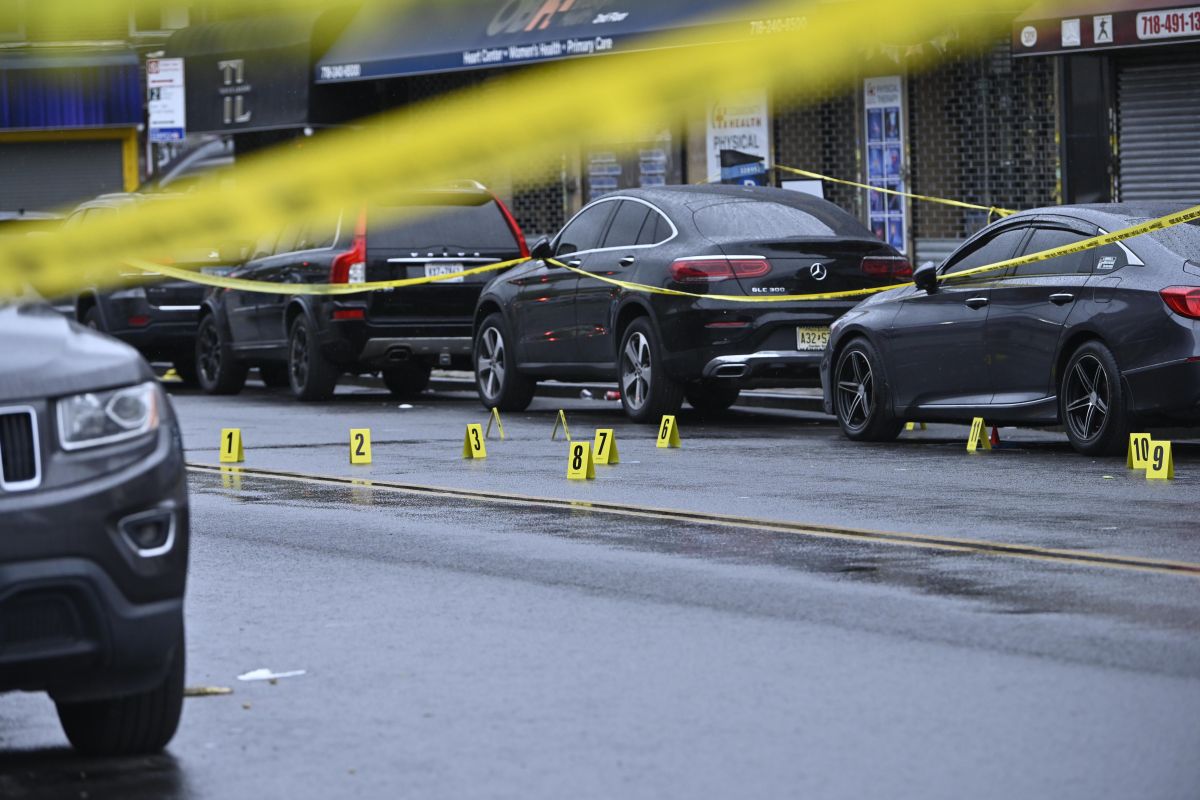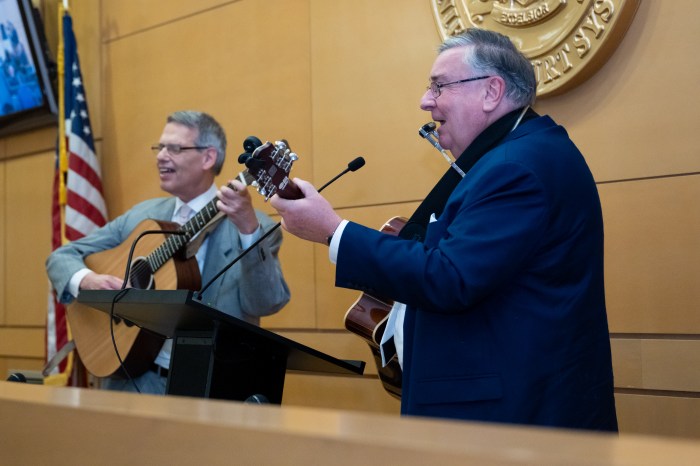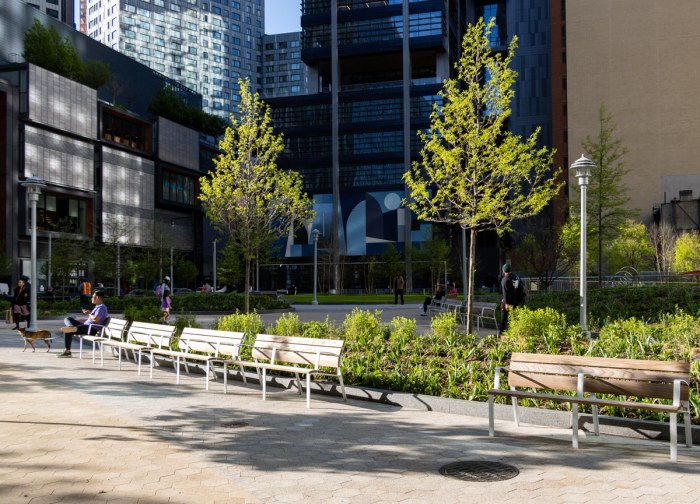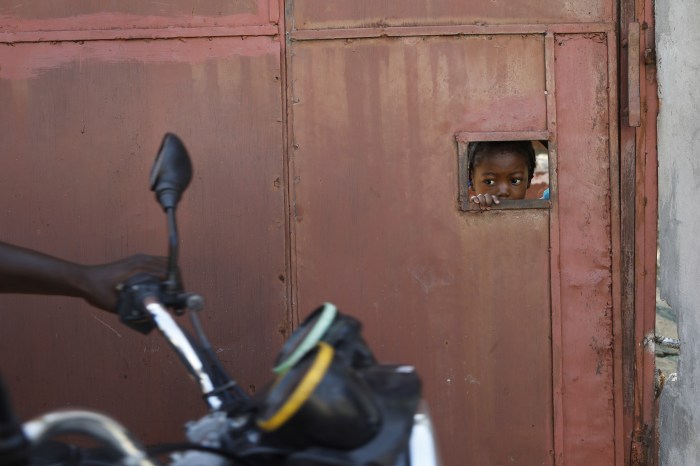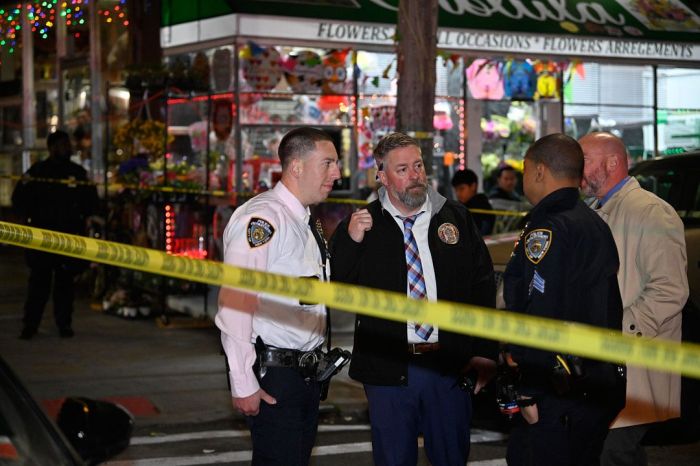Forget Florida — Downtown has a future as Brooklyn’s retirement community, according to Borough President Markowitz.
The neighborhood of sneaker stores, engineering students, cellphone shops, Court Street lawyers, and wig wholesalers should be the place where Brooklyn’s seniors spend their golden years, said the Beep.
“A lot of older people want to stay in Brooklyn because of the stimulating environment, but no longer need a brownstone or a five-bedroom house,” said Markowitz, who is 67 and lives in Windsor Terrace — though he spends much of his time at Downtown’s Borough Hall. “We have to find ways to keep seniors living here, rather than having them move to New Jersey, or North Carolina, or Florida.”
To keep seniors dining at Junior’s, Markowitz wants the city to offer developers tax breaks for building housing for elderly residents in a neighborhood, which boasts a median age of 35.7, according to Census data.
Downtown doesn’t offer the mild climate, near-limitless number of golf courses, or easy-living vibe of retirement capitals like Clearwater, Fla., or Scottsdale, Ariz.— which boast median ages of 47.2 and 45.4, respectively. But it’s got plenty of desirable amenities for elderly Brooklynites, including ample subway lines, multiple colleges for those who want to spend their retirement hitting the books, easy-to-reach cultural institutions such as the Brooklyn Academy of Music, and a handful of nearby hospitals.
The neighborhood already boasts lots of street-scape improvements that would appeal to older residents, such as pedestrian crossings with countdown clocks and plenty of sidewalk seating, said Downtown Brooklyn Partnership spokesman Shane Kavanagh.
And there’s golf courses not far away in Marine Park and Dyker Heights.
All it needs is low-cost housing built with seniors in mind, and subway stations that are truly accessible to older folks, said Will Stoner, associate state director for AARP, a group formerly known as the American Association of Retired Persons.
“Mobility is one of the biggest concerns for a person no matter how old they are or where they live,” said Stoner. “If they don’t have transportation, they end up isolated in their homes.”
That means apartment buildings not only need elevators, they must have single-floor layouts, walls that can support grab bars, and light and heat controls that can be reached from a wheelchair. And subway stations must have working elevators and small gaps between trains and platforms — a big problem at Borough Hall, Dekalb Avenue, and Atlantic Avenue–Barclays Center.
The cost of living can be prohibitively high in Brooklyn, especially for folks living on a fixed income — but the city and state tend to have better services for elderly residents than their southern counterparts, according to Stoner.
Still, price is the biggest impediment that’s keeping seniors out of the neighborhood, according to 71-year-old Roberta Pankin, who works in Downtown.
“Seniors are on a fixed income and those that do have a little bit of money don’t want to spend it on taxes,” said the Sheepshead Bay resident. “There’s no place to put them — it’s all built up around here.”
Sure it’s got more hustle and bustle than the Florida coast or the Sunbelt, but that’s part of the appeal, according to Markowitz.
“When you move to Miami, you’re vegging out,” said Markowitz. “Brooklyn keeps you stimulated, and that keeps you younger.”



